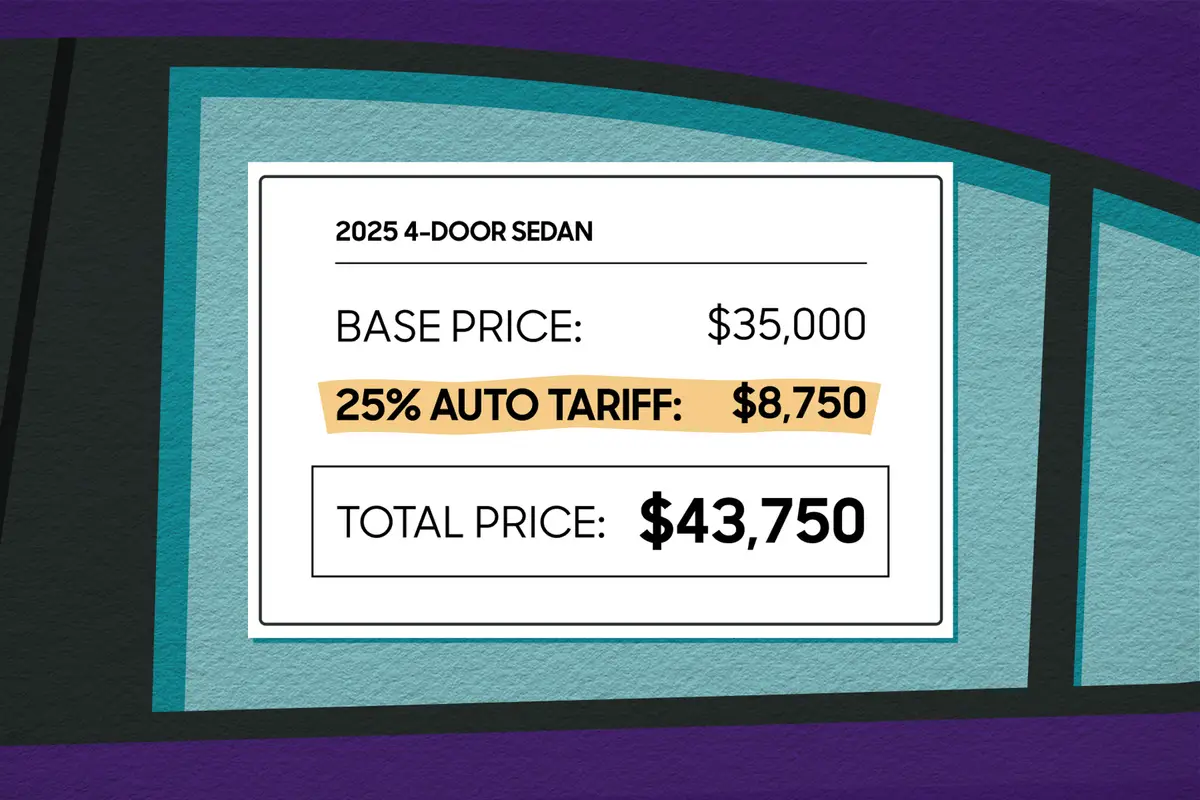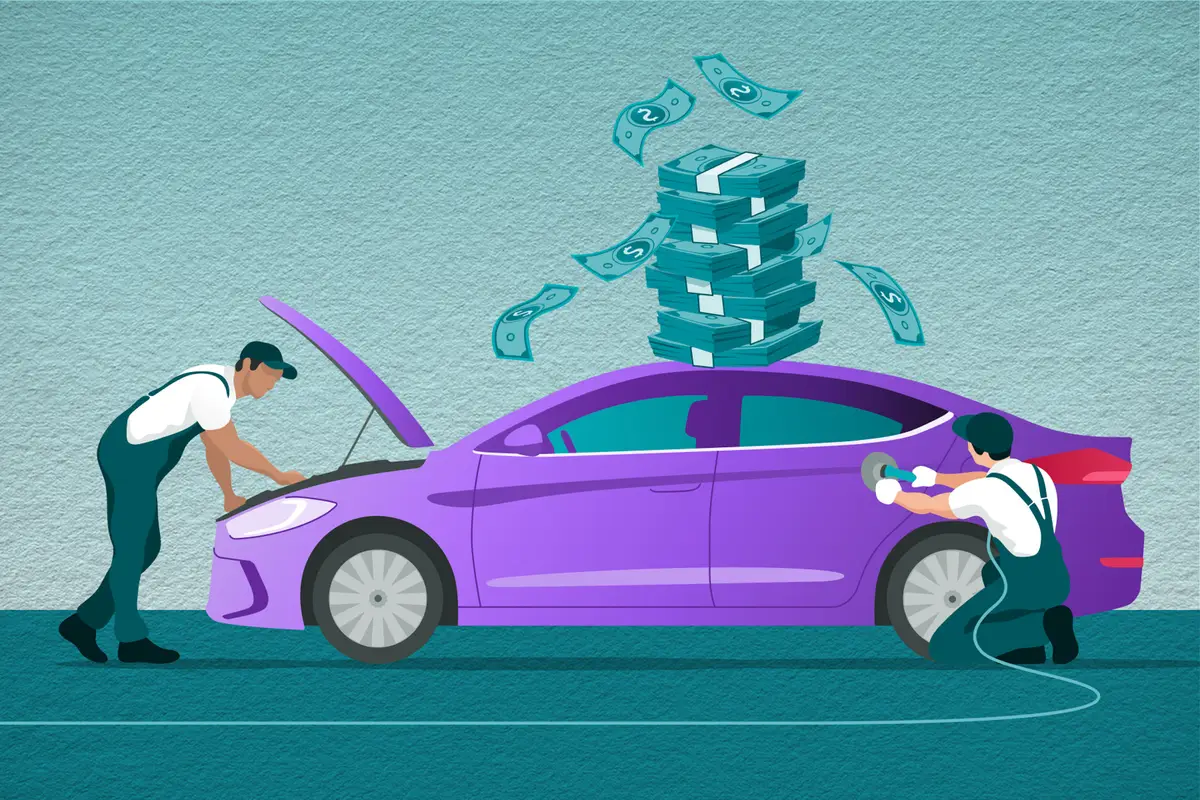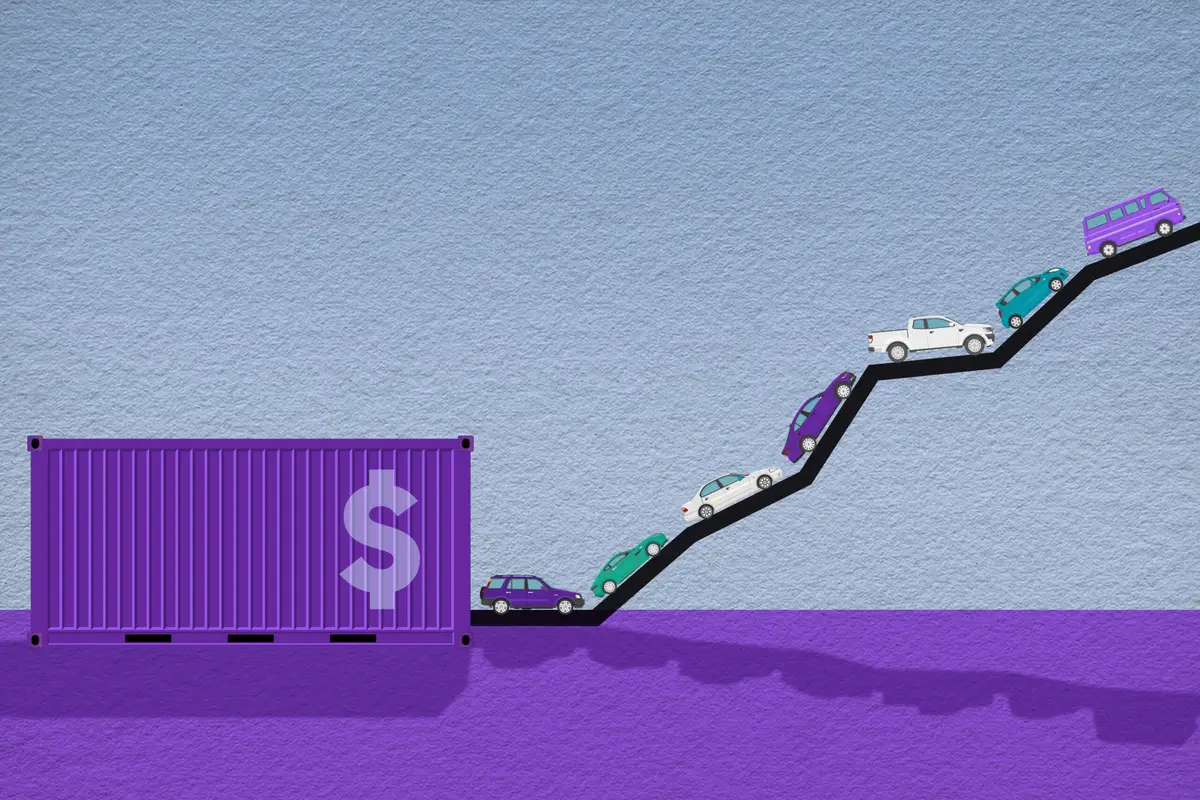The Morning Call and Mcall.com's view
When luxury SUVs emerged, Land Rover’s Range Rover got to the top of the summit first.
But like an aging British lord, sitting in a crumbling castle still thinking that Britain has an empire, the Range Rover teetered uneasily at the top of the heap while newer, fresher brands worked to establish a beachhead.
But a new Range Rover has been released, and virility, not senility, is its hallmark.
When BMW bought the ailing Rover and Land Rover companies in 1994, a new model Land Rover was ordered. But BMW sold Land Rover to Ford a couple of years ago with the result that Ford is now selling a British SUV with a BMW motor in it.
While royalty may care about lineage, most car buyers do not.
So here’s what you need to know about the new Range Rover: while it costs a royal salary, it’s about as perfect an SUV as you’ll find.
For starters, the big boxy look of the old vehicle has been retained. Rover stylists masterfully added styling touches that update the basic Range Rover look. The headlamps and taillamps are post-modern ovals framed masterfully in their square housings. Vents on the front fenders promise power from the motor under the hood. But trademark Land Rover cues, such as the clamshell hood and split tailgate, remain.
The Range Rover’s motivation is provided by BMW’s all-aluminum 32-valve 4.4-liter V-8, rated at 282 horsepower. It’s wedded to a 5-speed automatic transmission with sport, winter and manual shift modes.
Land Rover quotes a 0-60 mph time of 9 seconds, quick for an SUV. Actually, it feels quicker than that, and the engine always seems to be blessed with enough power, no matter what the speed. Top speed is limited to 130 mph. Shifting into sport mode allows the engine to rev at a higher RPM, giving the truck a more powerful attitude. It also increases greatly the engine noise.
The all-wheel-drive system is smooth and unobtrusive so as not to bother its noble passengers. The ride pampers with the same pomp and circumstance.
Using a fully-independent suspension at all four wheels, this Land Rover is aided by an air suspension. The suspension automatically adjusts to highway or off-road conditions and can raise the vehicle enough to give it up to 11 inches of ground clearance. The system also can be adjusted manually via a dash-mounted switch.
In addition, the Range Rover is endowed with Dynamic Stability Control, Emergency Brake Assist and Electronic Brakeforce Distribution to supplement the standard anti-lock brakes to ensure you don’t skid off the road when stopping short and with enough force to avoid hitting something or someone. Like systems in more common vehicles, it’s unobtrusive.
But driving the Range Rover is an uncommonly rarified experience.
Grip is incredible, allowing for good manners and safe driving on-road and off. Body lean comes on quicker than in some competitors, but it’s offset by i ts off-road prowess. Ditto the ride, which can feel soft, but the body rebound is well-controlled. It’s all smooth, quiet, refined and unruffled.
As if driving this big Brit isn’t regal enough, the Range Rover’s interior is worthy of any manor house.
Real wood veneer and leather, quality materials and impeccable craftsmanship are evident throughout the cabin. Nothing appears cut-rate and everything works.
The instrument panel has the look of a fine watch. The automatic climate control is easy to use.
Unfortunately, a screen displays controls for the trip computer, stereo system and GPS system. But, it takes too long to fumble with it while driving.
The seats are large, comfortable and supportive.
The spacious cargo hold swallowed bulky items with ease.
Gas mileage is typical of the breed: 13.7 mpg of required premium fuel.
If that isn’t enough to scare you away, maybe the more than $73,000 suggested retail price might. After all, only those with generous trust funds and large estates can consider such a purchase.
At these prices, it’s little surprise that Queen Elizabeth has long driven Range Rovers.
Latest news



